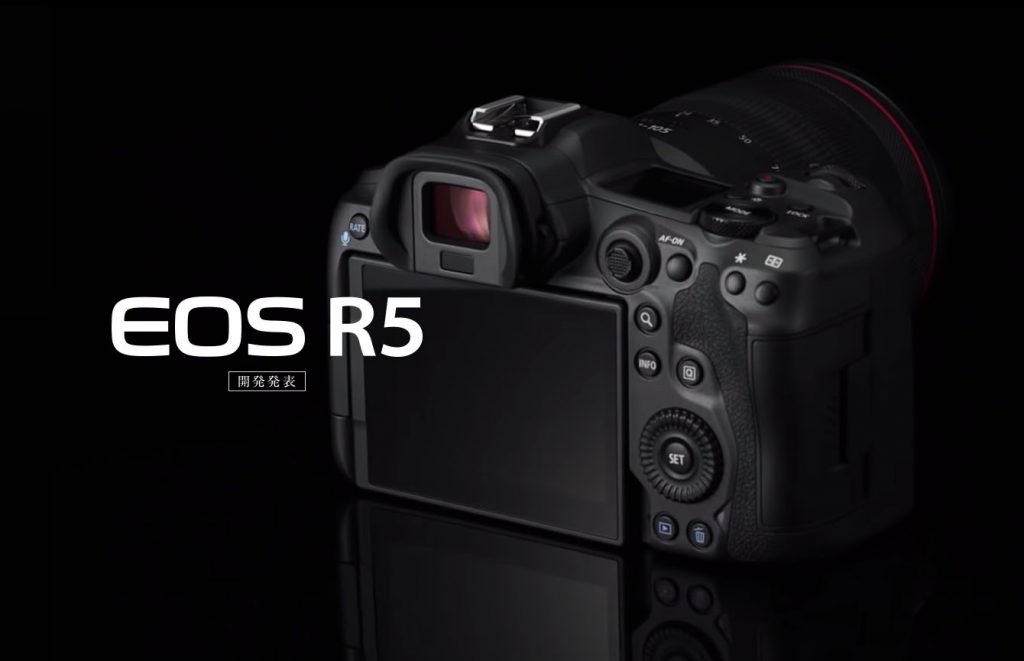
Canon have finally admitted that their approach to video in the past has been wrong and maybe – just maybe – EOSHD was right! With the EOS R5 apparently video users are important again, even outside of the Cinema EOS range.
But are the flagship 8K RAW and 4K/120p modes of the EOS R5 actually practical to shoot with on a day to day basis?
At times the crippling has felt almost personal. Alas now Canon’s sales are down so that’s all in the past. They want our goodwill back, and most importantly they want us to open our wallets. $4000 for the camera. $5000 for 2 or 3 lenses. Perhaps another $2000 in CFexpress cards just to get through a few hours of 8K RAW recording.
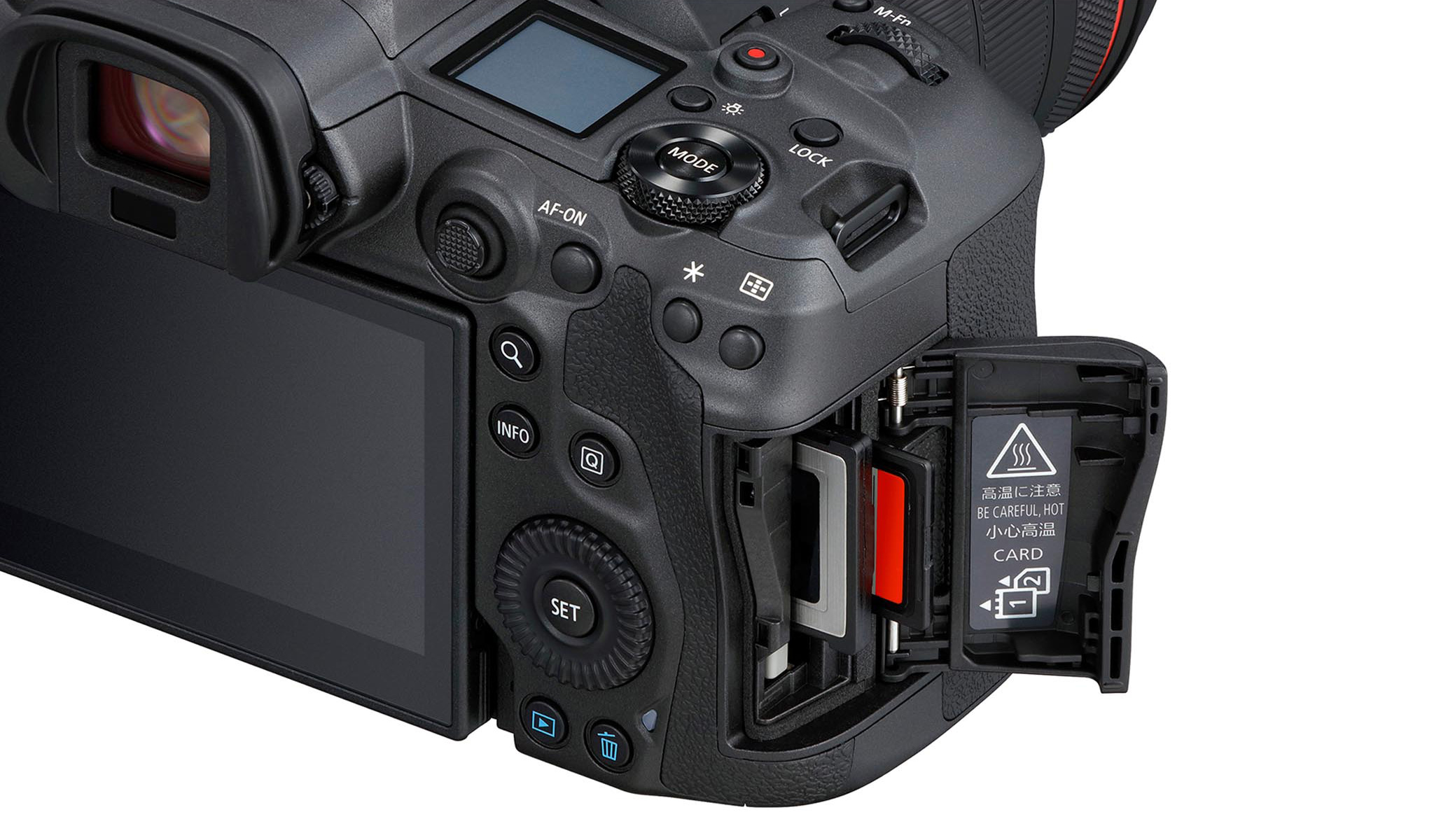
My thoughts on the EOS R5 8K RAW and 4K/120p recording
The EOS R5 has two flagship video modes not available on the cheaper EOS R6 or indeed any other mirrorless camera. However it will be worth seeing what Sony has in store for the A7S II successor.
8K Canon RAW lacks the advanced compression of REDCODE so clocks in at 51 minutes per 1TB of storage at an alarming 2600Mbit/s data rate.
Initial reports also point to overheating issues in 4K/120p and a 30 minute time limit in normal 4K and 8K.
Helpfully there is at least a Long GOP IPB codec in 8K mode at 680Mbit/s (10bit Canon LOG) and 470Mbit at the most compressed 8bit setting. The 680Mbit/s mode could make 8K more interesting.
However those who were looking forward to the 4K/120p are in for a shock.
In this mode there’s only the less efficient ALL-I compression available and it is at a monstrous 1880Mbit/s.
That’s almost as large as the 8K RAW files. Here are the full 10bit codec options in Canon LOG on the EOS R5.
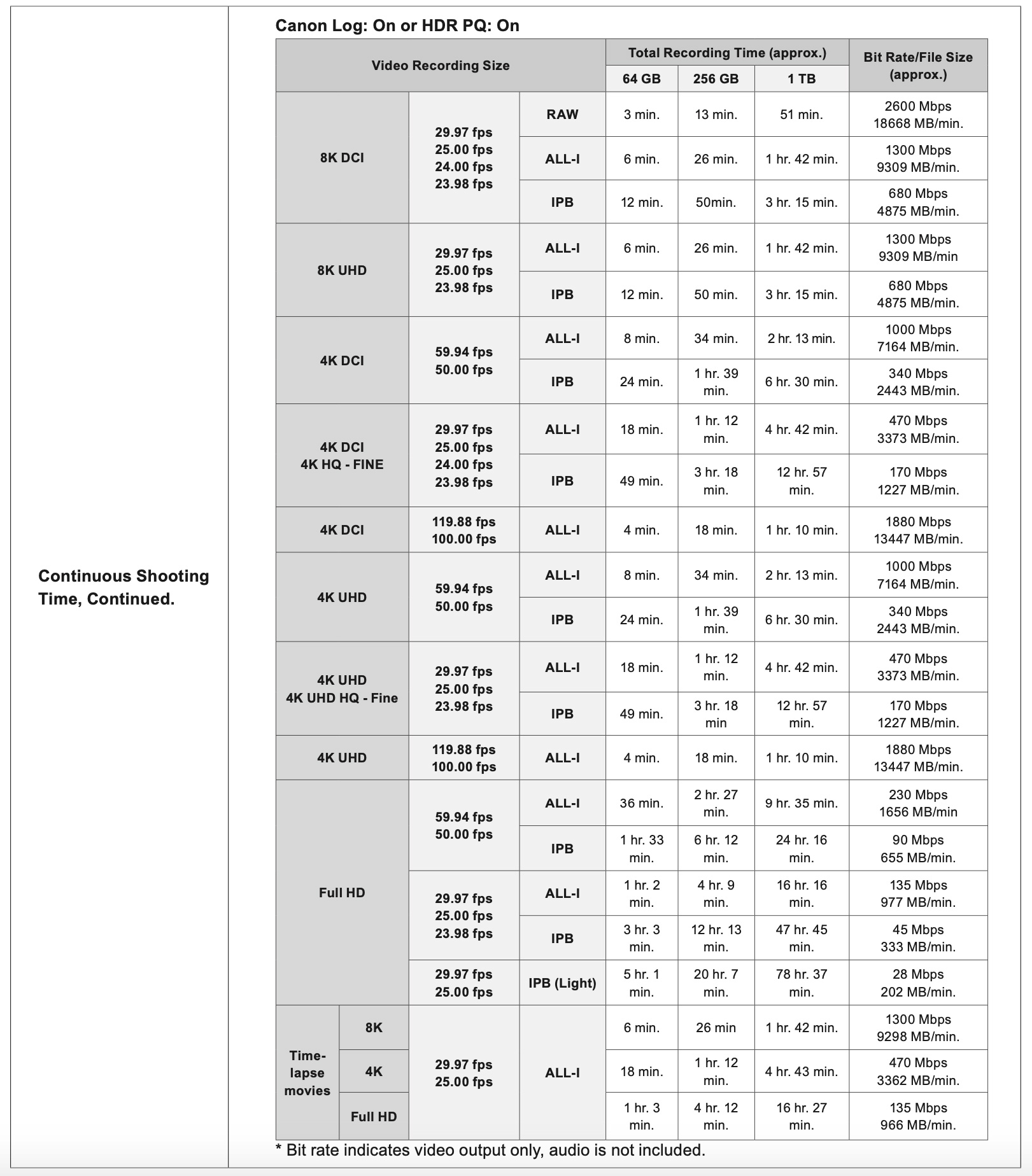
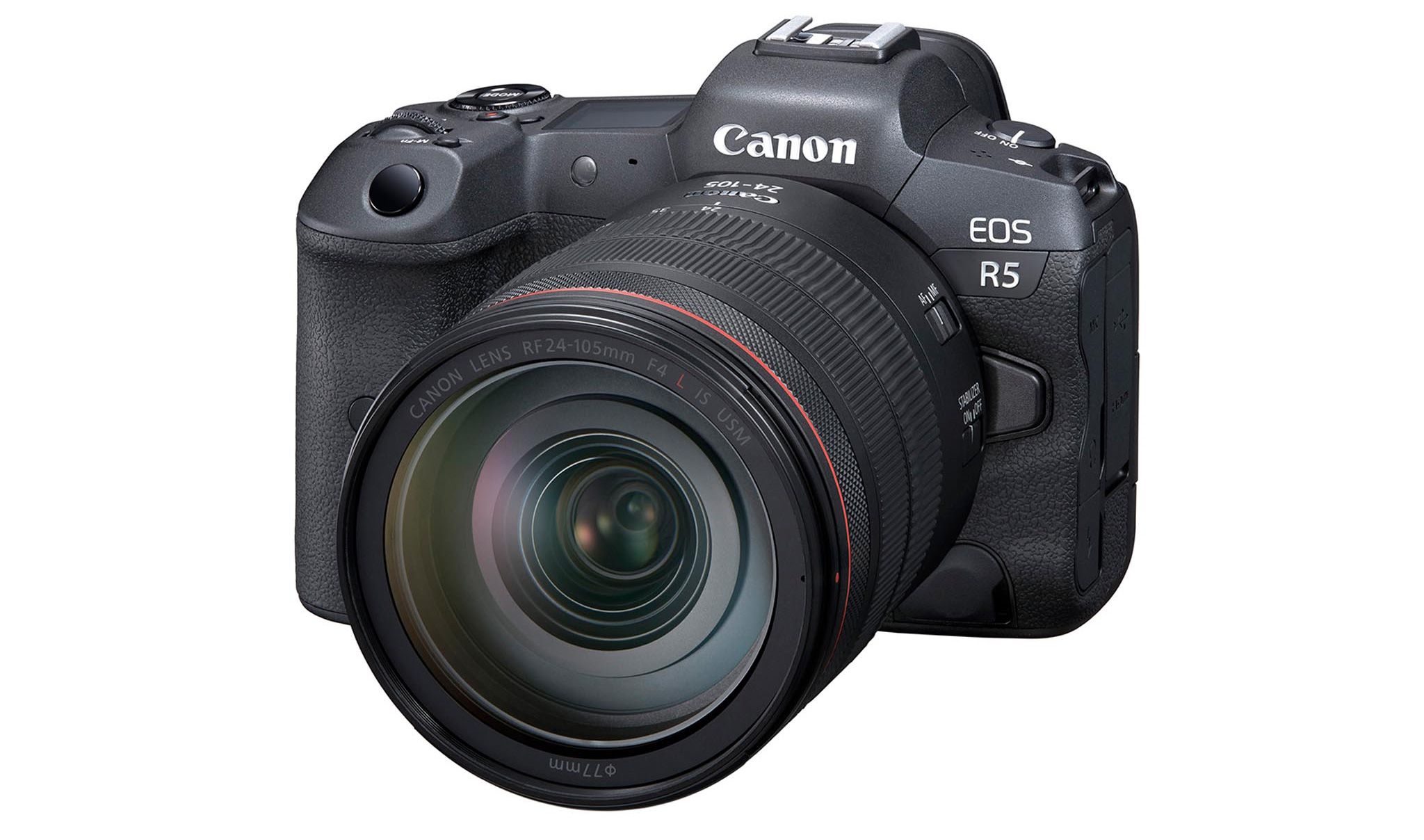
Here are my thoughts.
With 8K RAW and 4K/120p you may have to delete the master copies after a week. Even a 16TB NAS wouldn’t be enough. If you intend to shoot interviews, live footage or events and weddings as part of a weeks shooting – then 8K RAW is clearly impractical. For short bursts, the 4K/120p will be handy for slow-mo – but only for very short bursts. There is unfortunately no RAW recording option in 4K or at lower resolutions like 2.8K.
The other issue is the CFExpress storage. 1.2 terabytes (TB) of 8K RAW files per hour onto cards that cost £500 per 500GB equate to £1000 per hour of shooting.
To get through one day therefore could be a £4000 investment in memory cards.
To get through a week (with backups) equates to an unthinkable amount of storage space back at base.
This will need to be RAID 0 or SSD level performance storage to actually edit the 8K RAW files.
RAW at 2.8K with better compression would have been far more usable. I don’t need 8K personally, but again it sounds nice on the box and Canon needed to do something to beat back the perception that their video specs were behind the times.
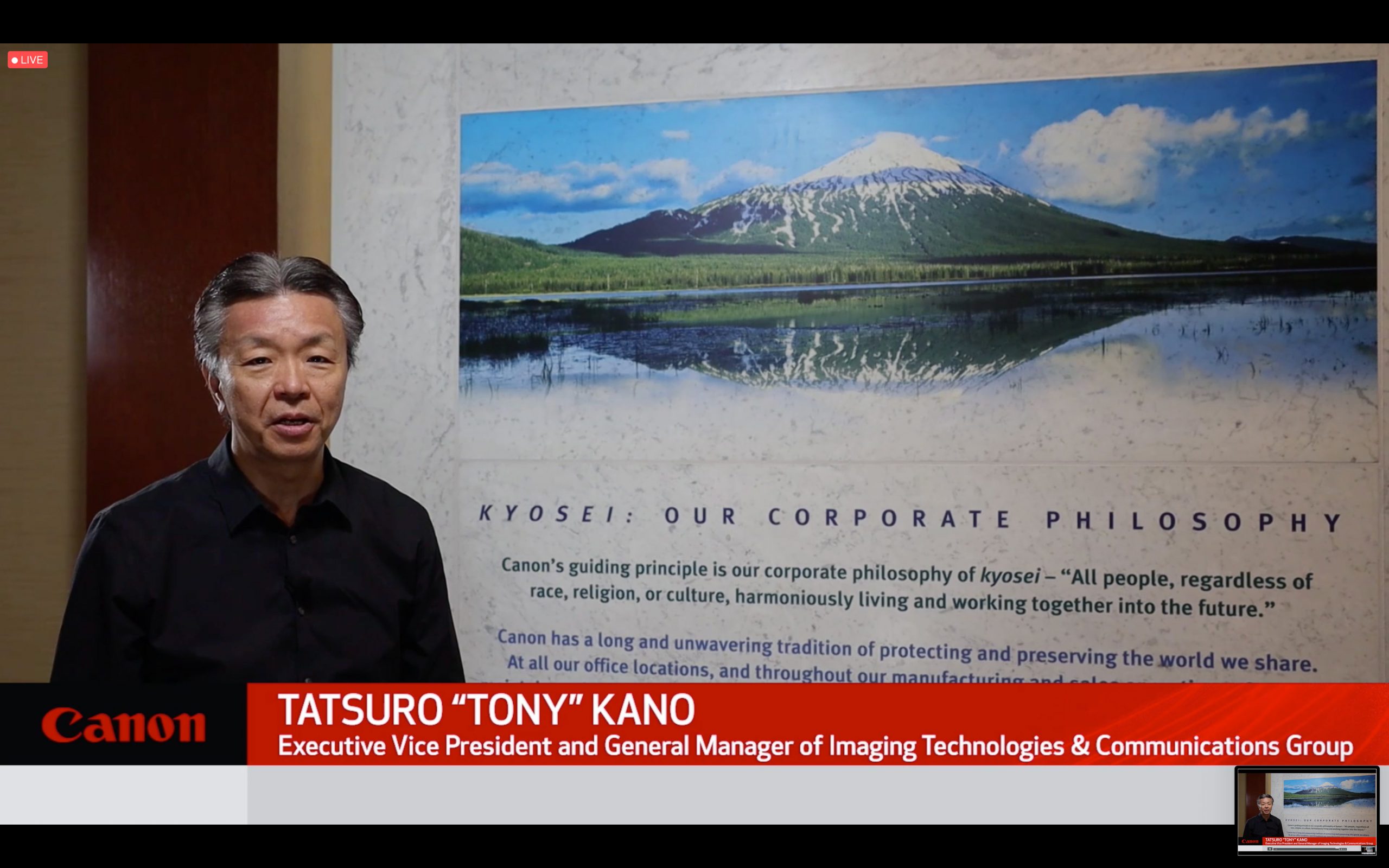
Sadly the nitty gritty practical real-world side has yet to be appreciated by the hype-artists and I am sure a lot of people will buy the EOS R5 not realising how impractical the flagship video modes are on it.
I can see the vast majority of users choosing to transcode this 8K to 4K ProRes instead, with the original files discarded. This poses the question – why not just shoot 4K 10bit H.265 on the EOS R6 instead?
Will Sony make the EOS R5 look obsolete overnight?
There is the possibility the A7S II successor, as the new Sony A7 series flagship with 10K sensor might beat the EOS R5 on paper.
Canon felt it necessary to really push with this camera, knowing that the headline video features are somewhat impractical and not a threat to Cinema EOS sales.
The question is why the felt this necessary. To fight perceptions? Or to fight Sony? Both?
Wait and see what Sony come out with before buying the EOS R5.




